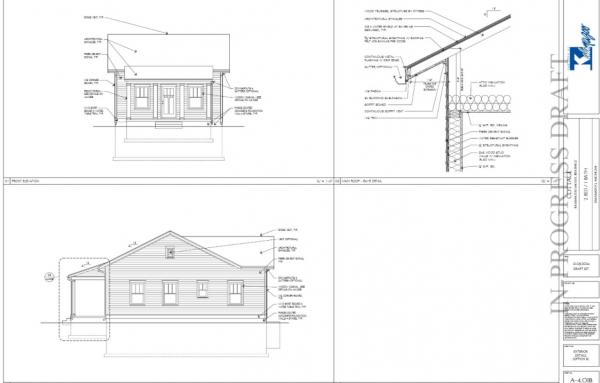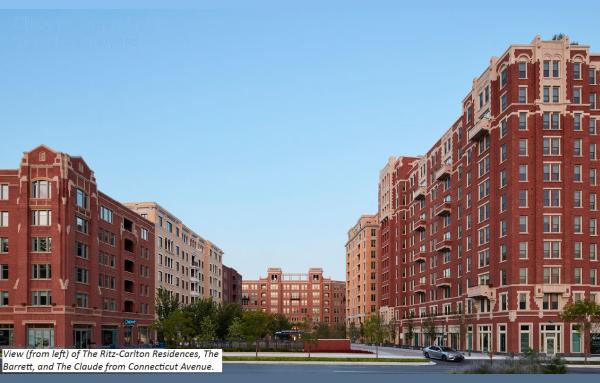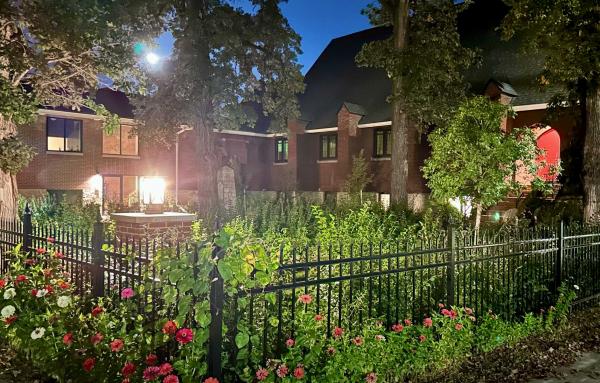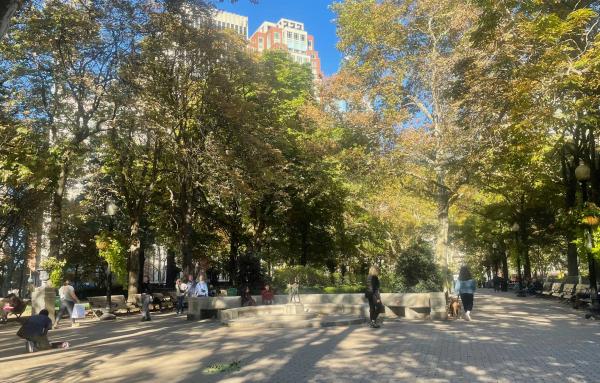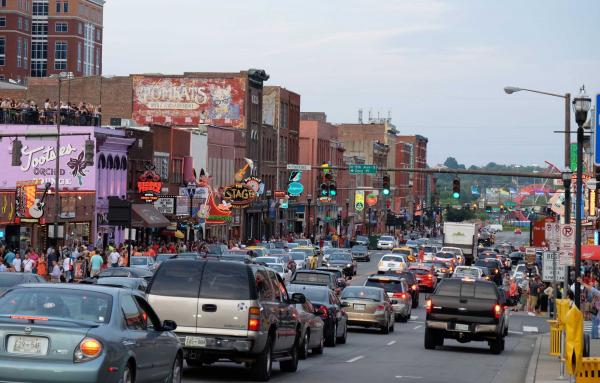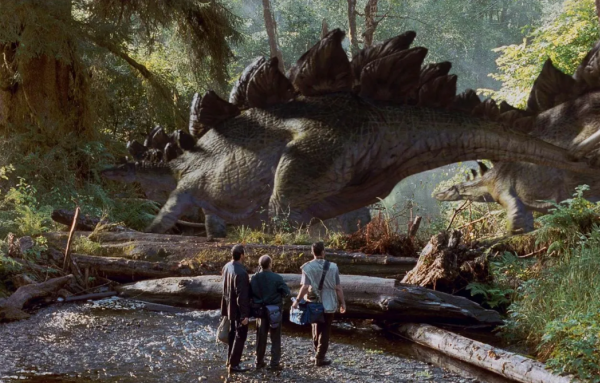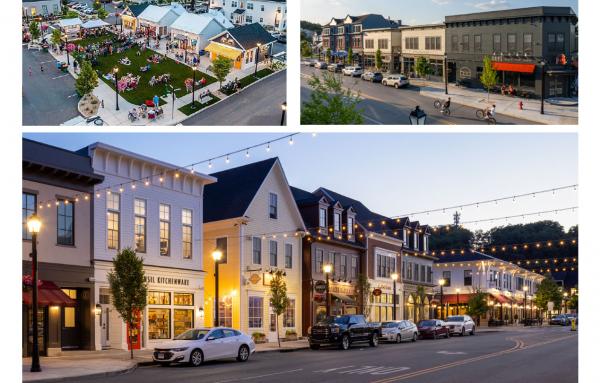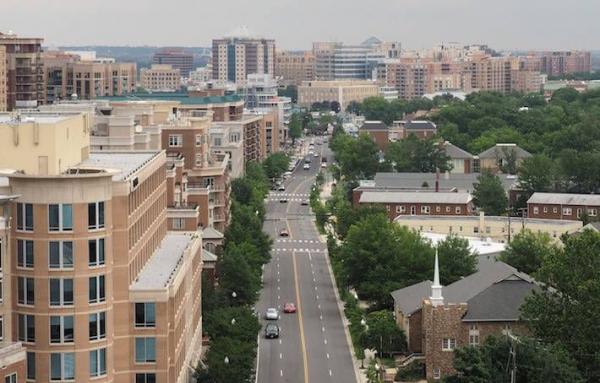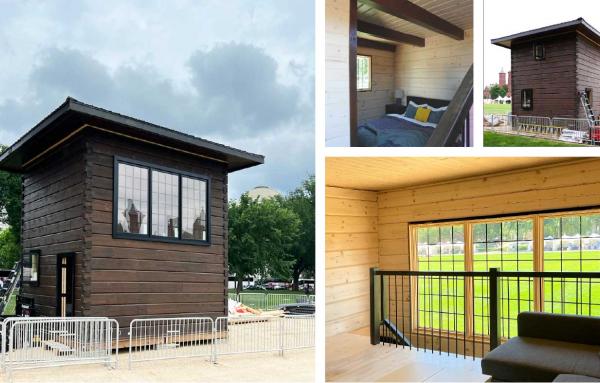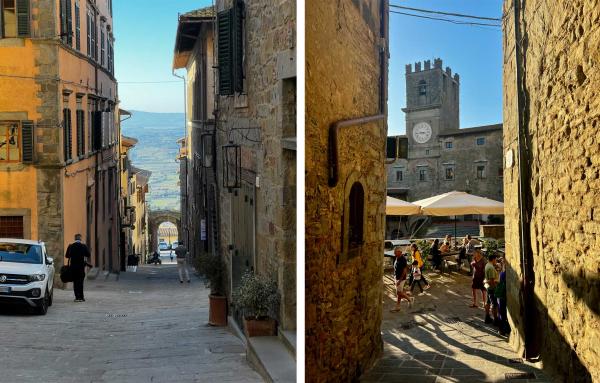RECENT ARTICLES – 2024
Some noteworthy projects show how skilled architects and urban designers are tackling mixed-use, civic, housing, and infrastructure challenges around the US.
Construction along the future Purple Line creates a dense, mixed-use urban center—providing residents with options besides driving in the congested Maryland suburbs.
Adaptive reuse as a solution for housing
An American urban planner who was influential in the design of mixed-income neighborhoods enumerates the qualities of public spaces that feel safe and secure.
Successful ballot initiatives in Nashville, Tennessee, and Columbus, Ohio, have the potential to greatly improve mobility and transit in two of America’s fastest growing, automobile-dominated cities.
How does our world now compare to the conditions under which prehistoric creatures or historic building cultures thrived?
Eastdale Village in Poughkeepsie crosses a US highway with a four-block Main Street, drawing visitors with a strong sense of place.
The federal government offers a resource of 27 options, building on the recommendations of CNU.
Speck and Lombard outline the best research on how the built environment and health in CNU’s On the Park Bench.
An economically promising pre-fab dwelling, built from solid timber, was displayed on the National Mall this summer. An untrained crew put the accessory dwelling together in a few days.
The IMCL Conference in Cortona, Italy, enabled urbanists from around the world to share effective tools and strategies, backed up by research findings, for the creation and preservation of livable cities.
